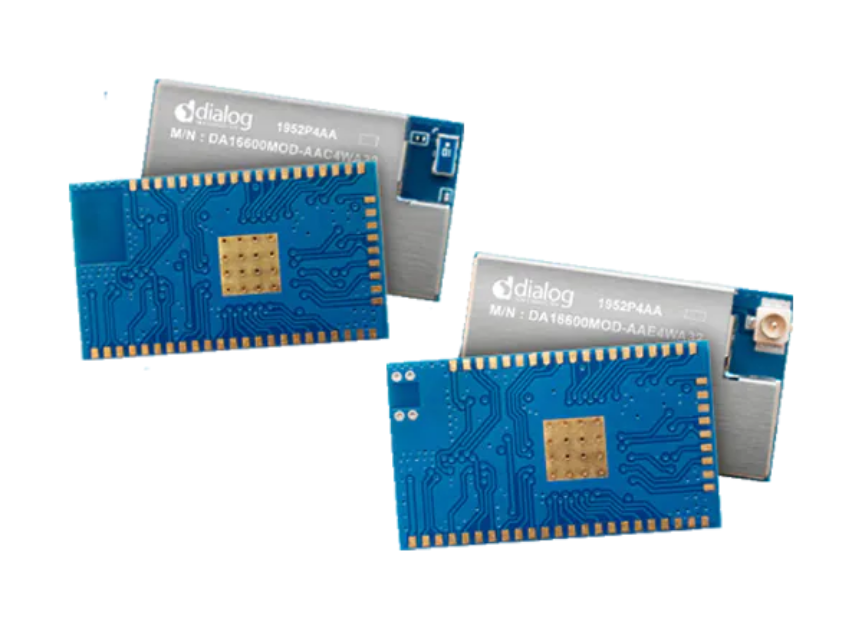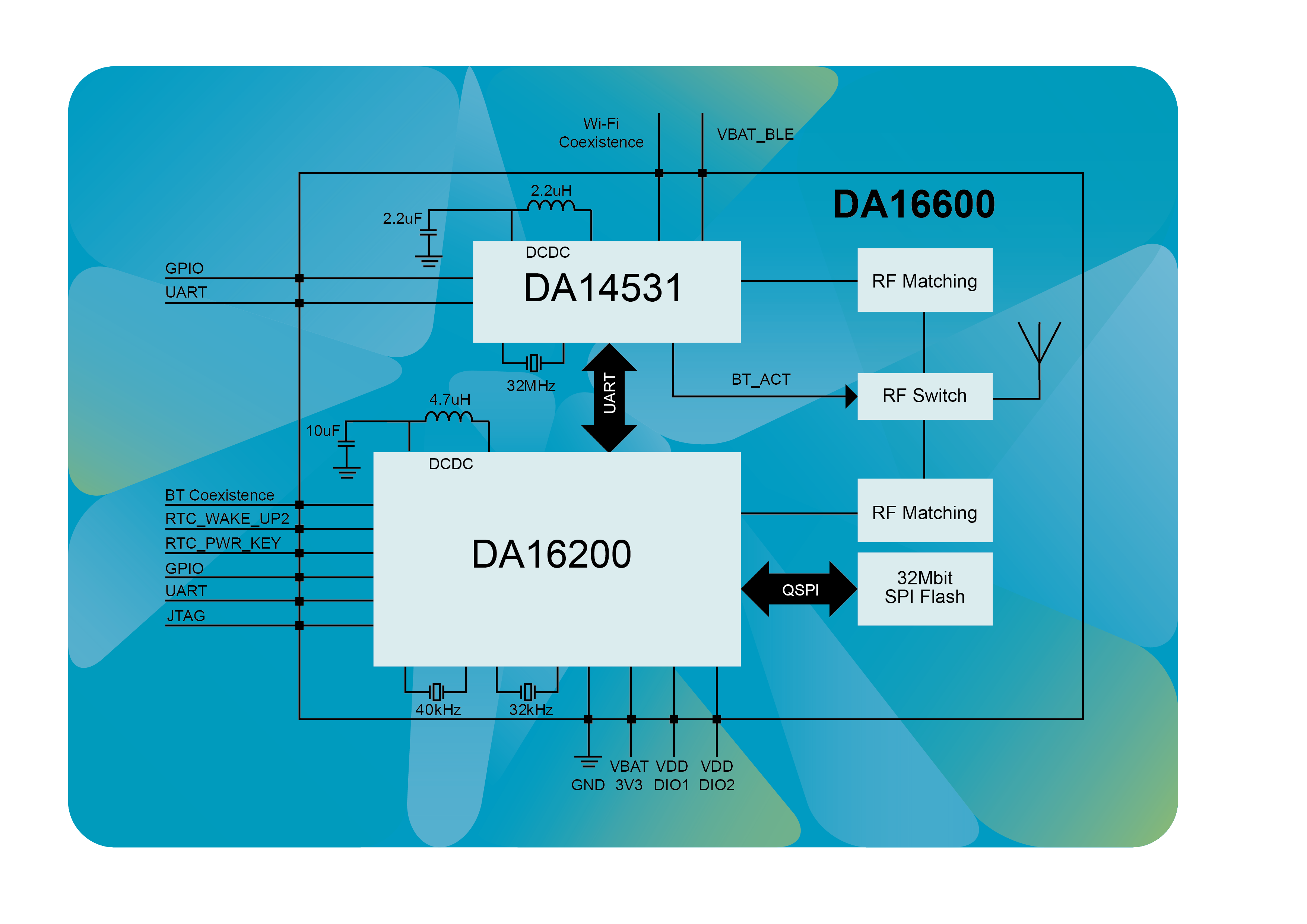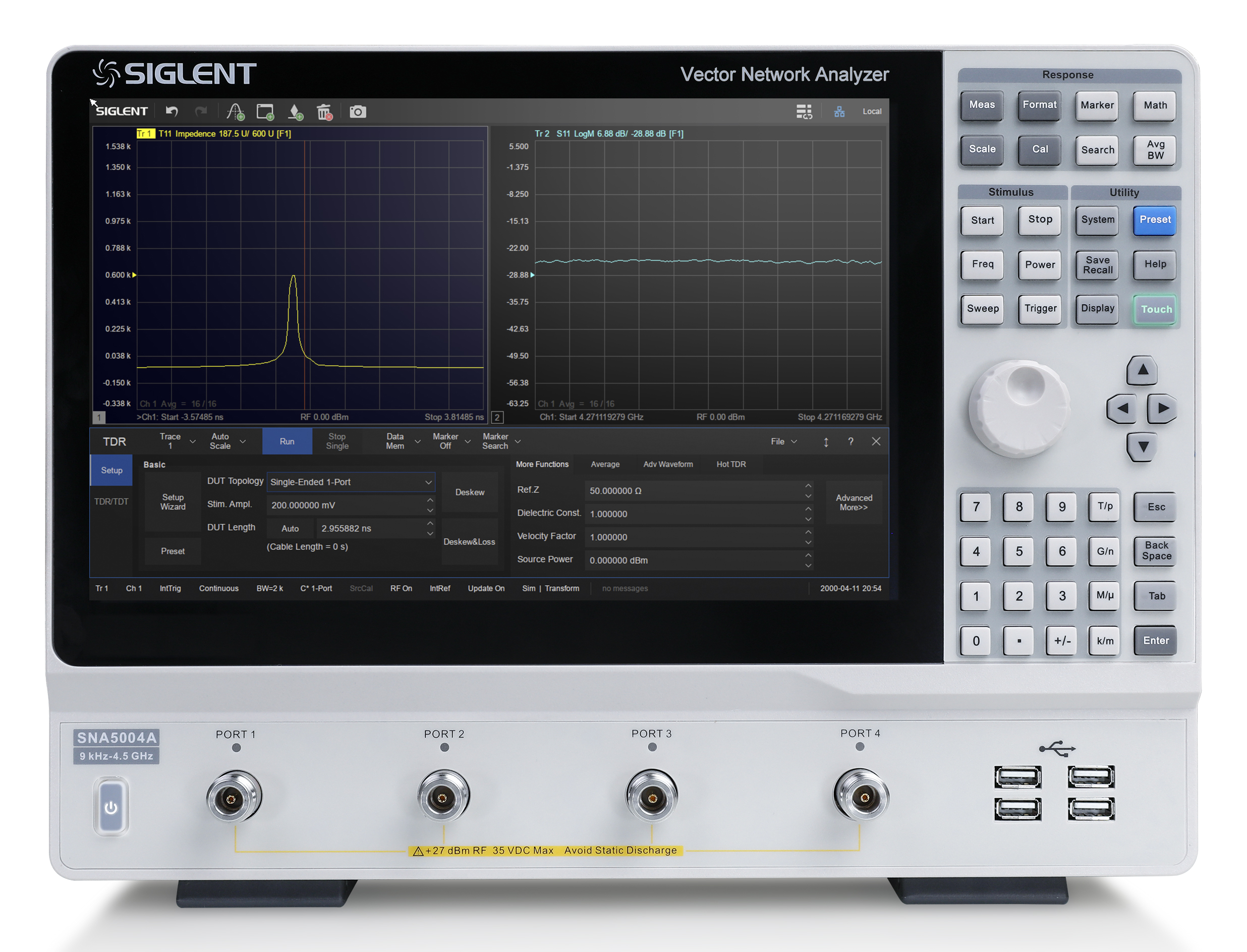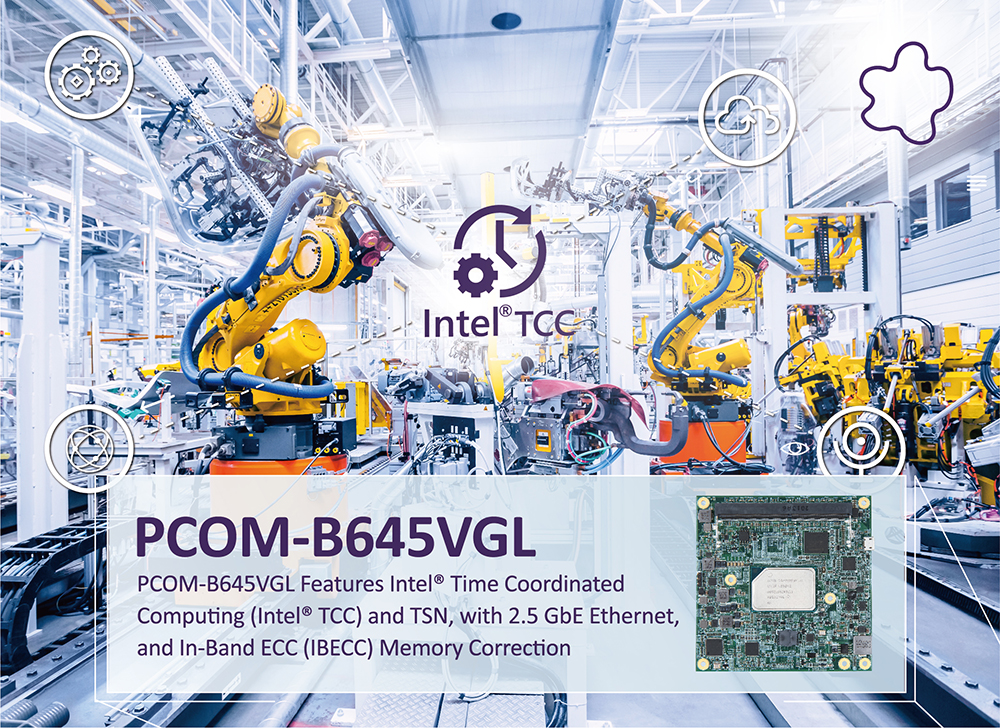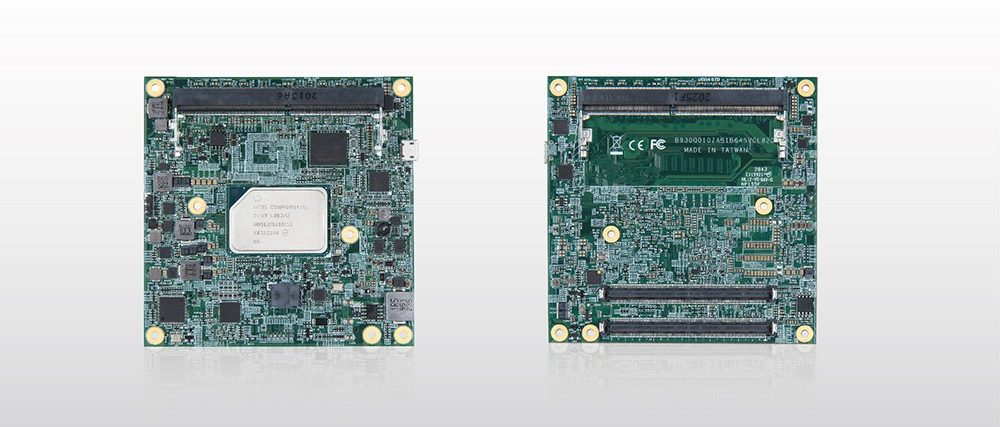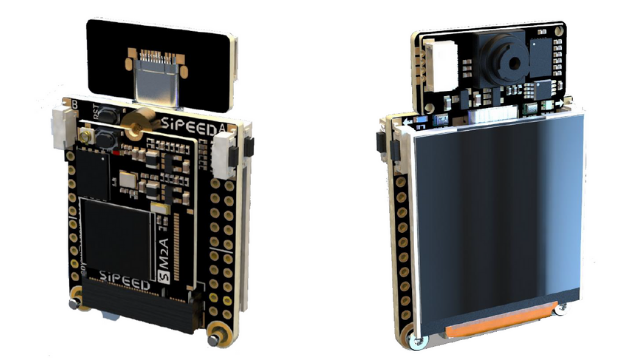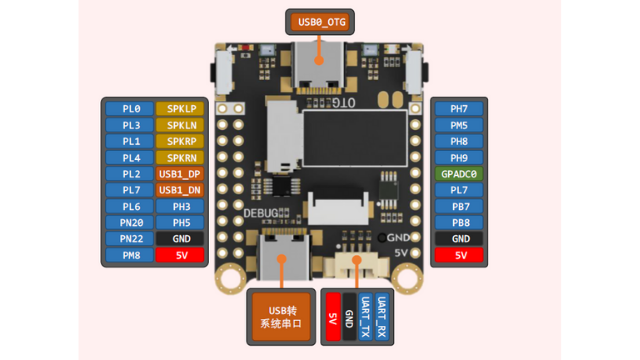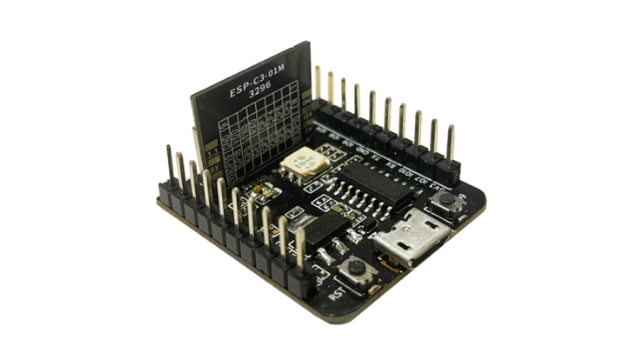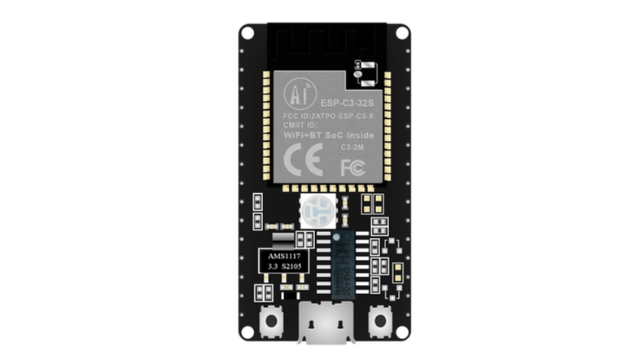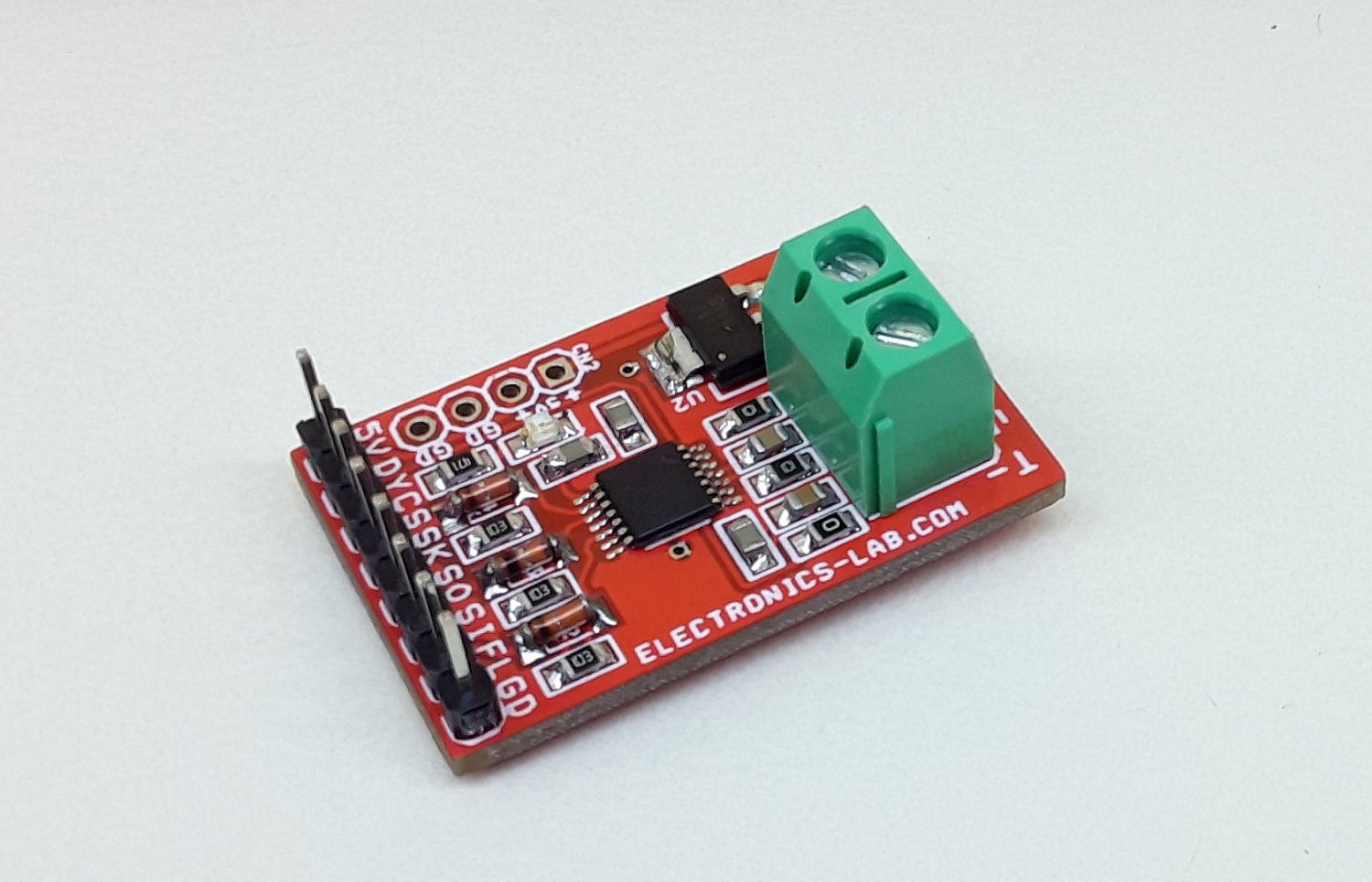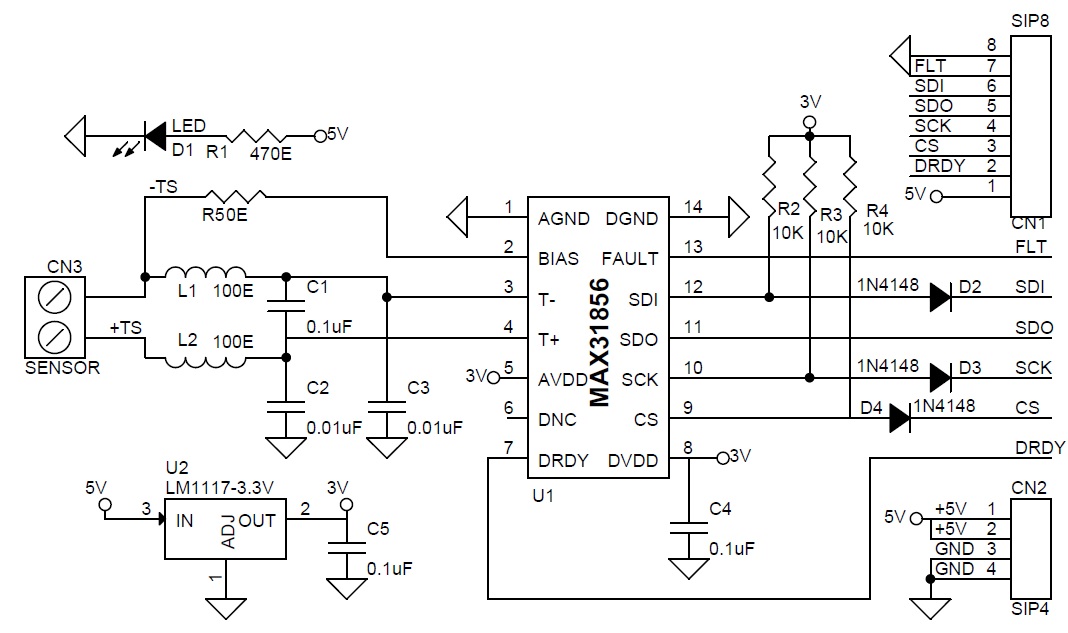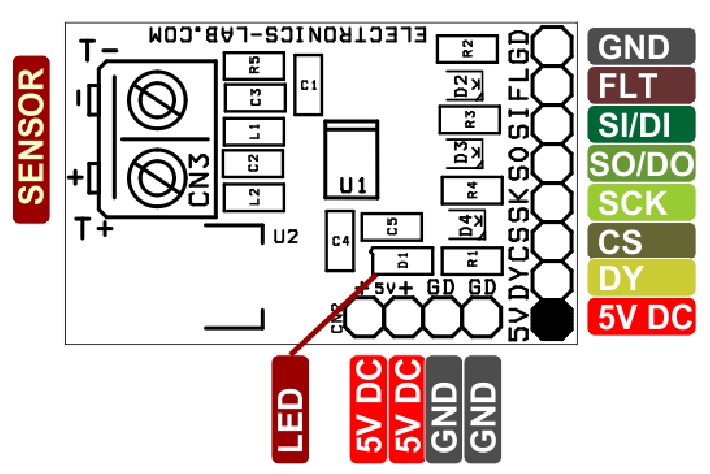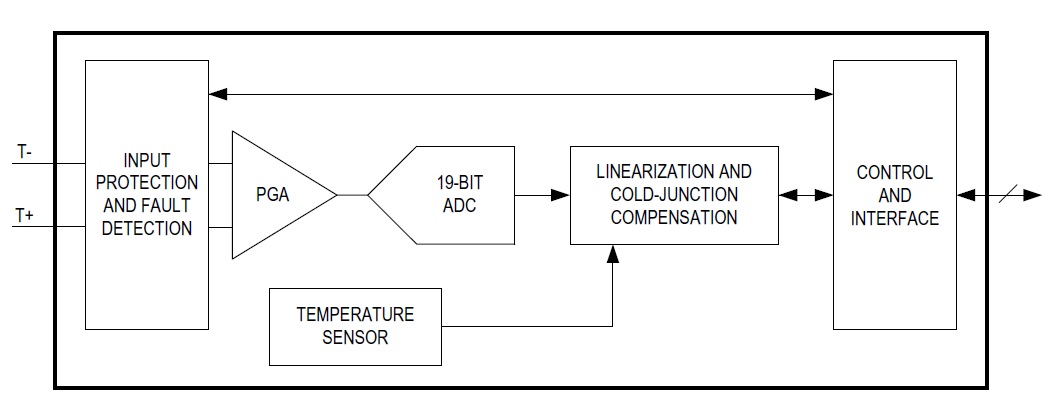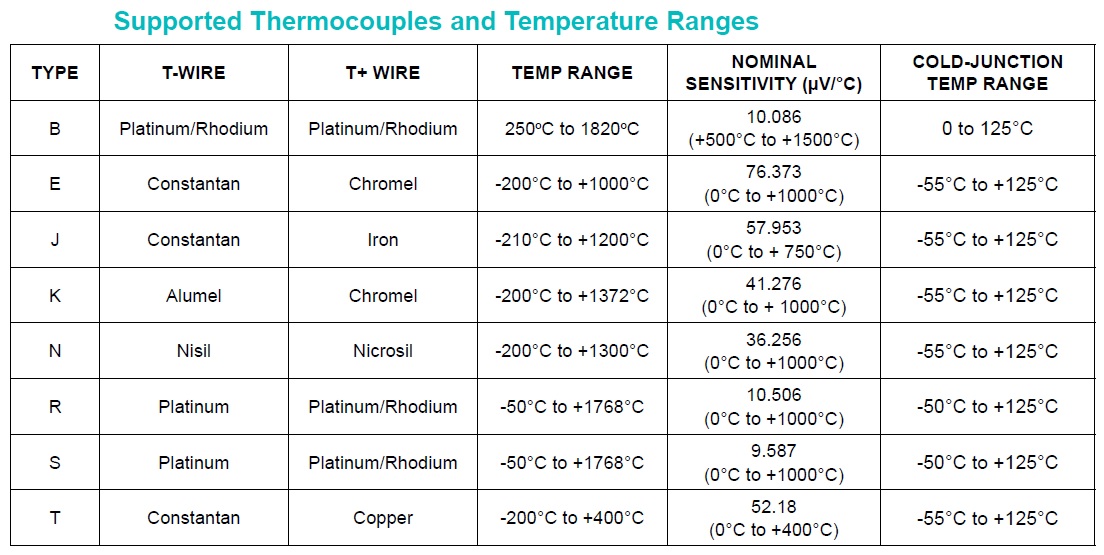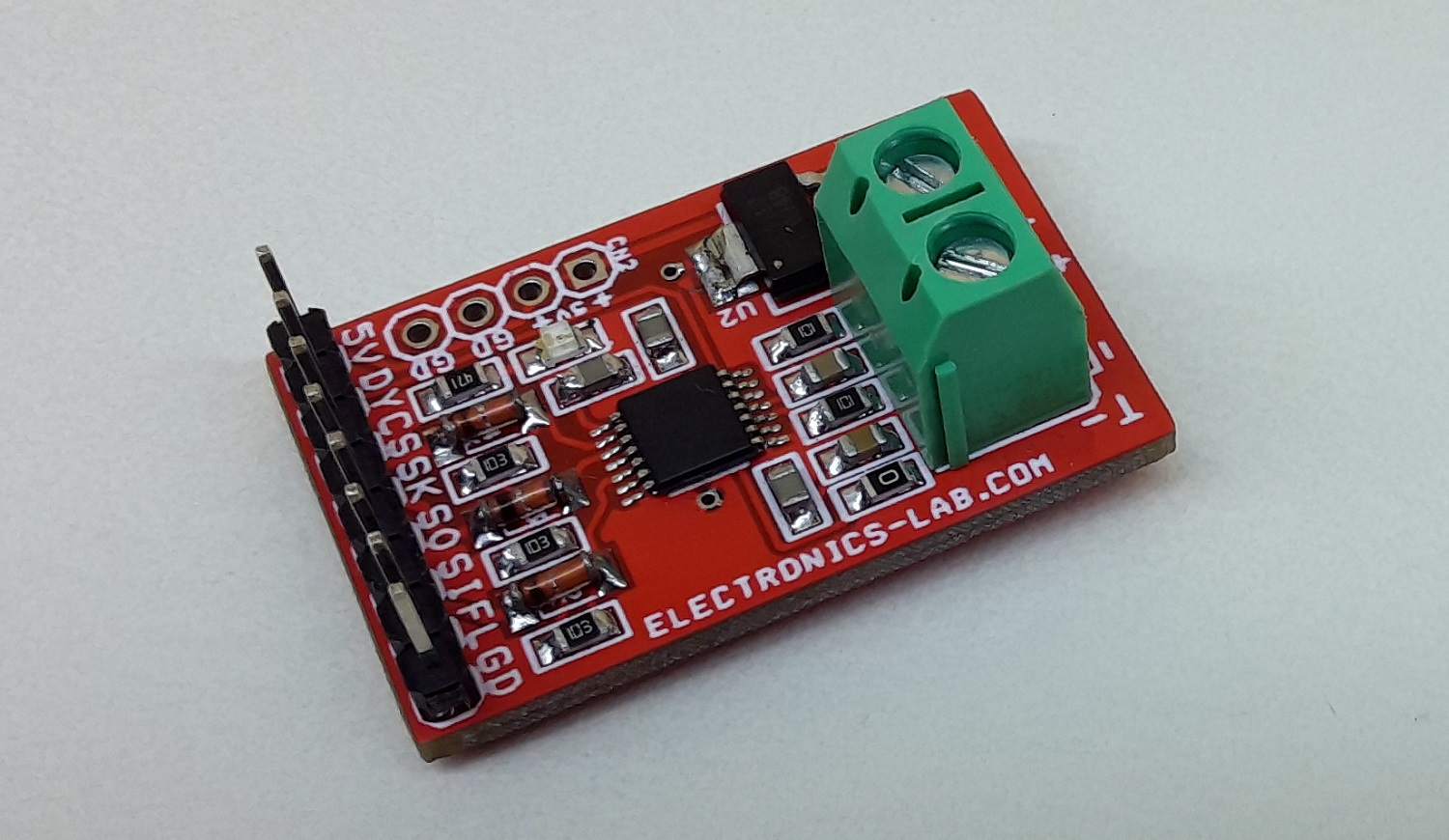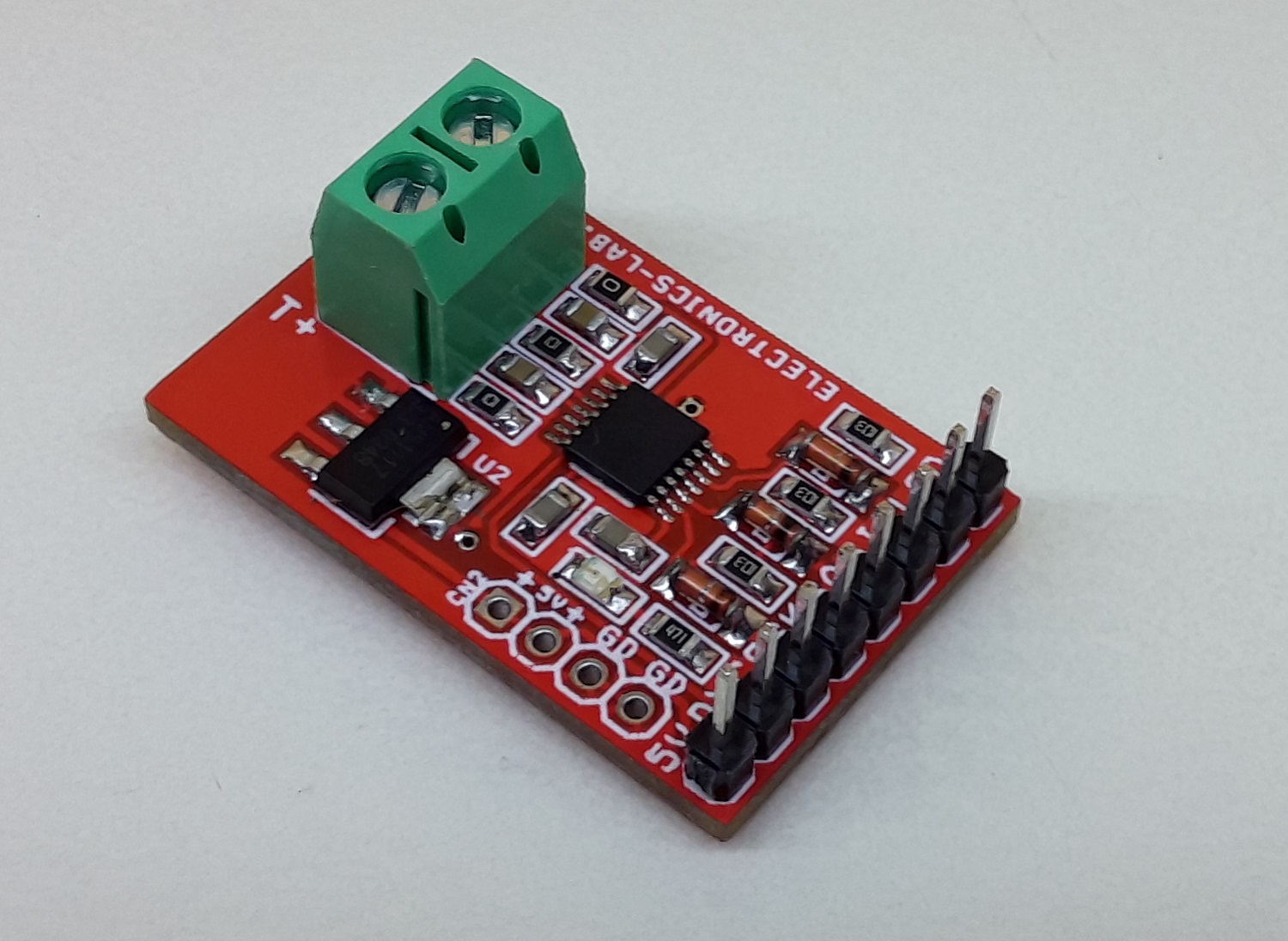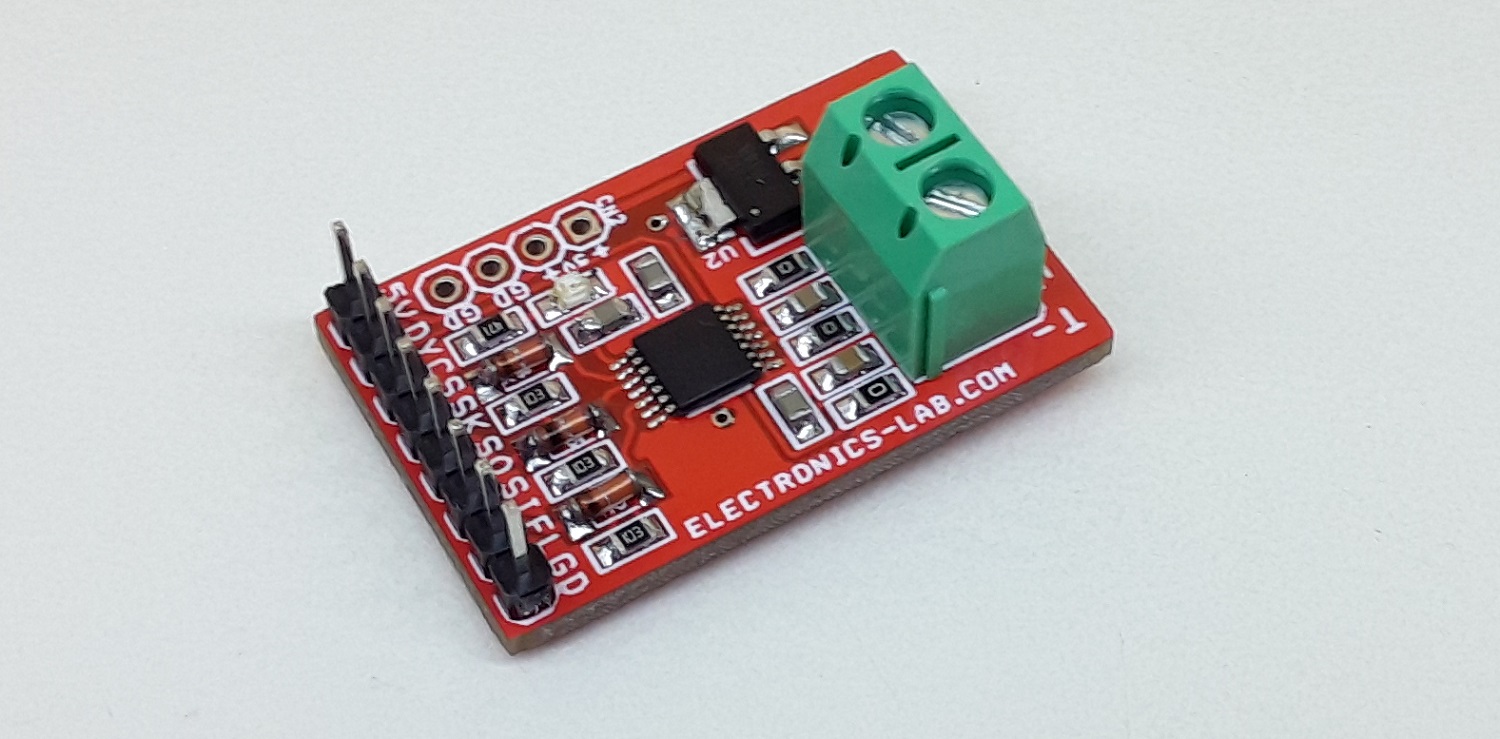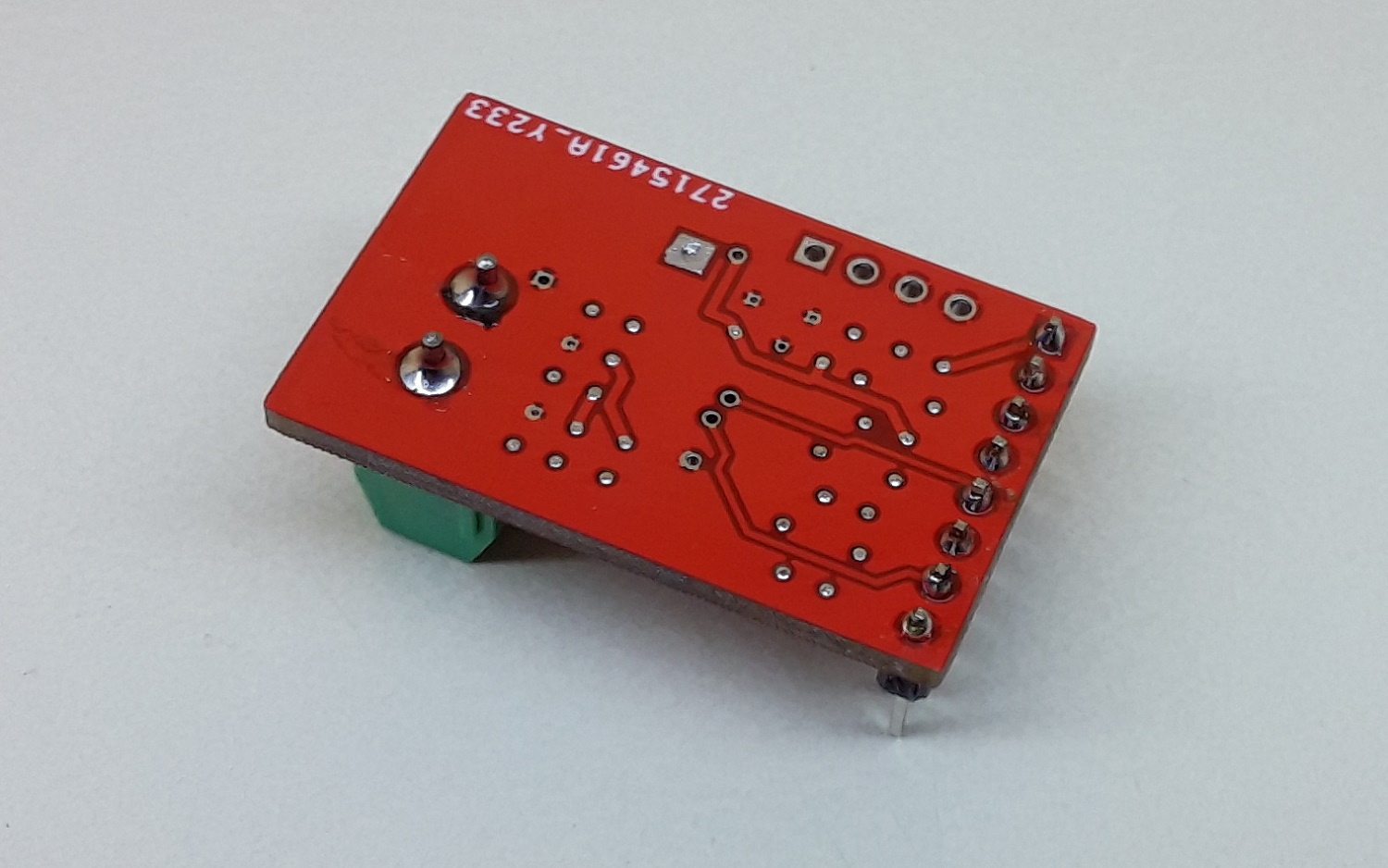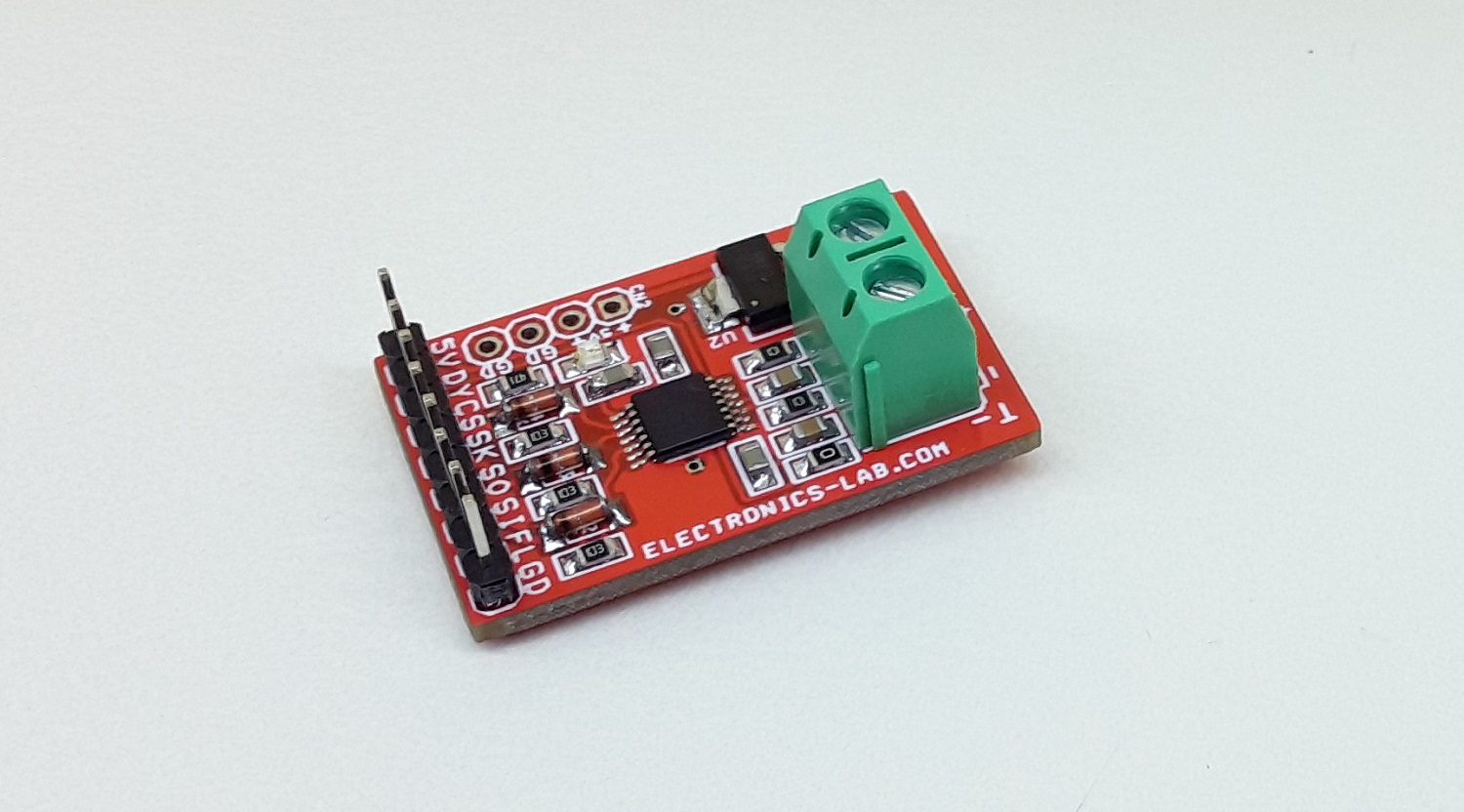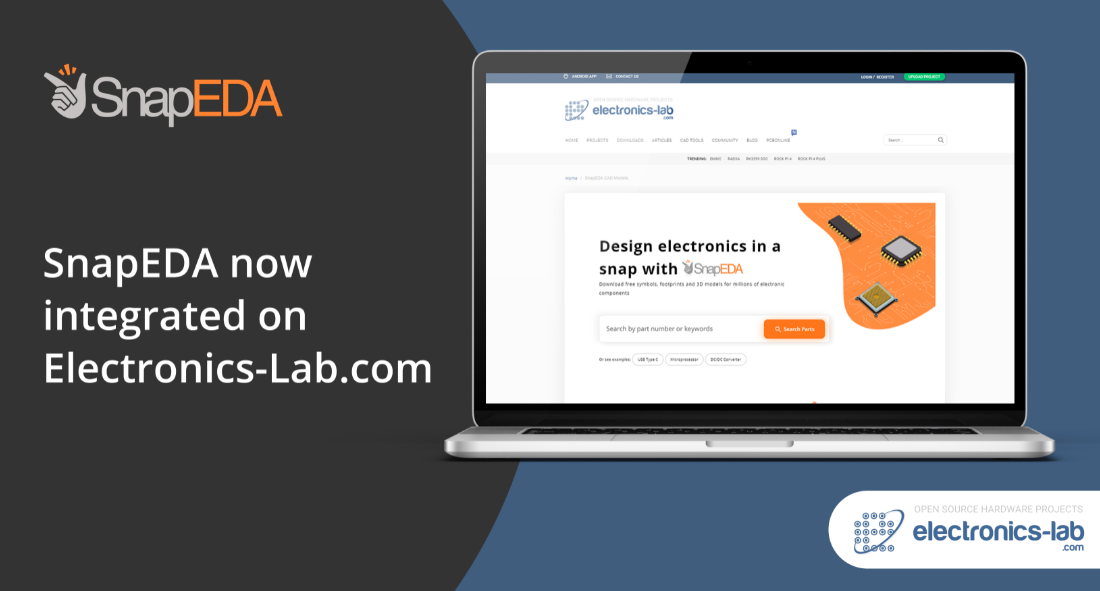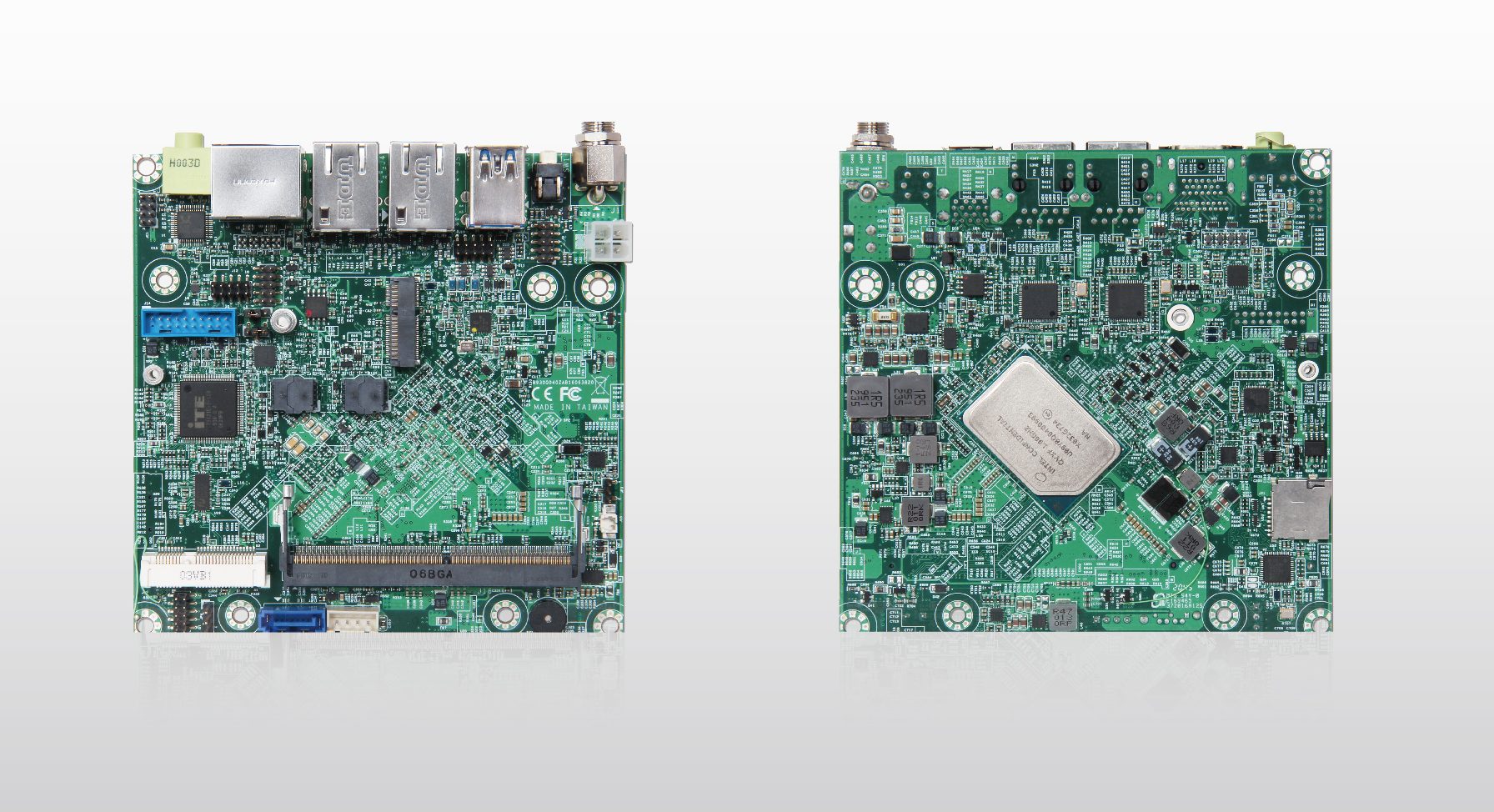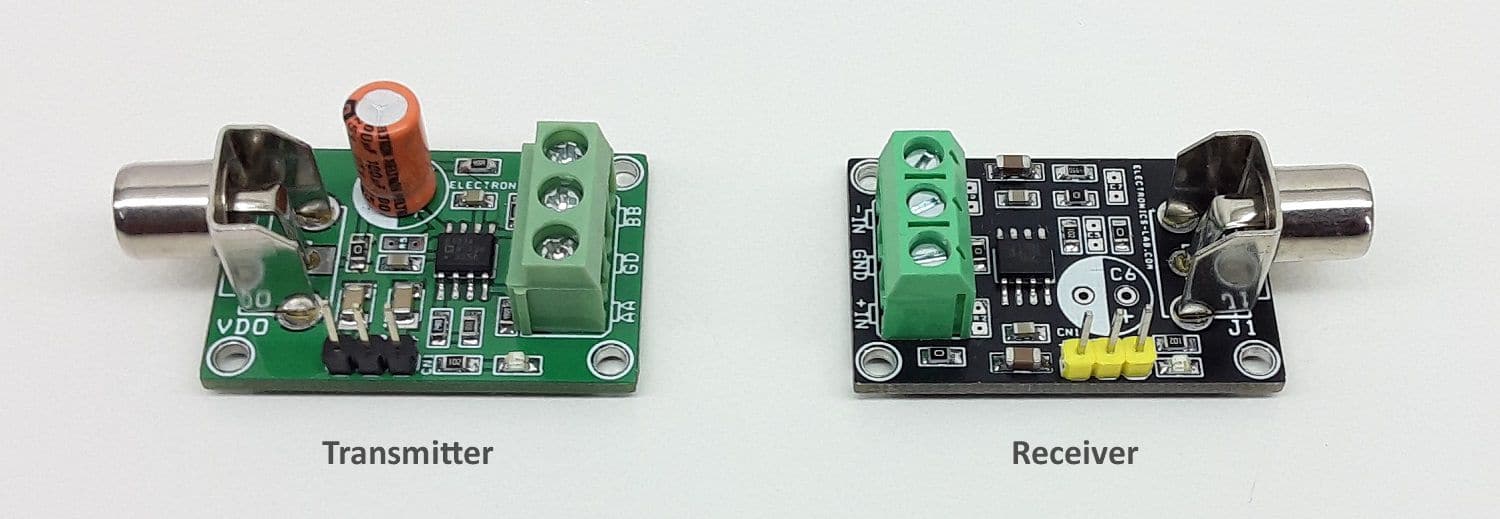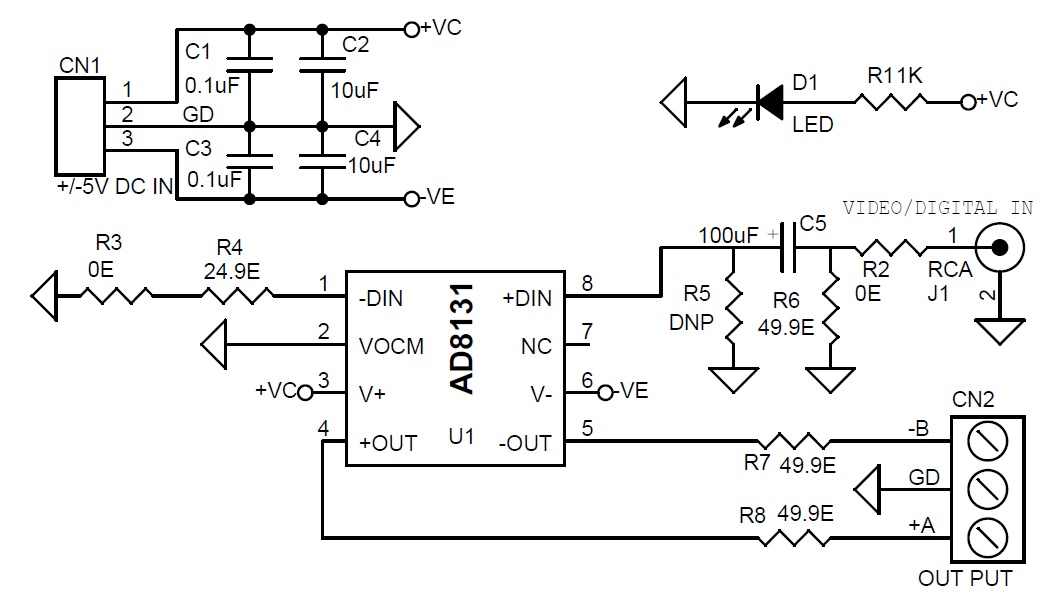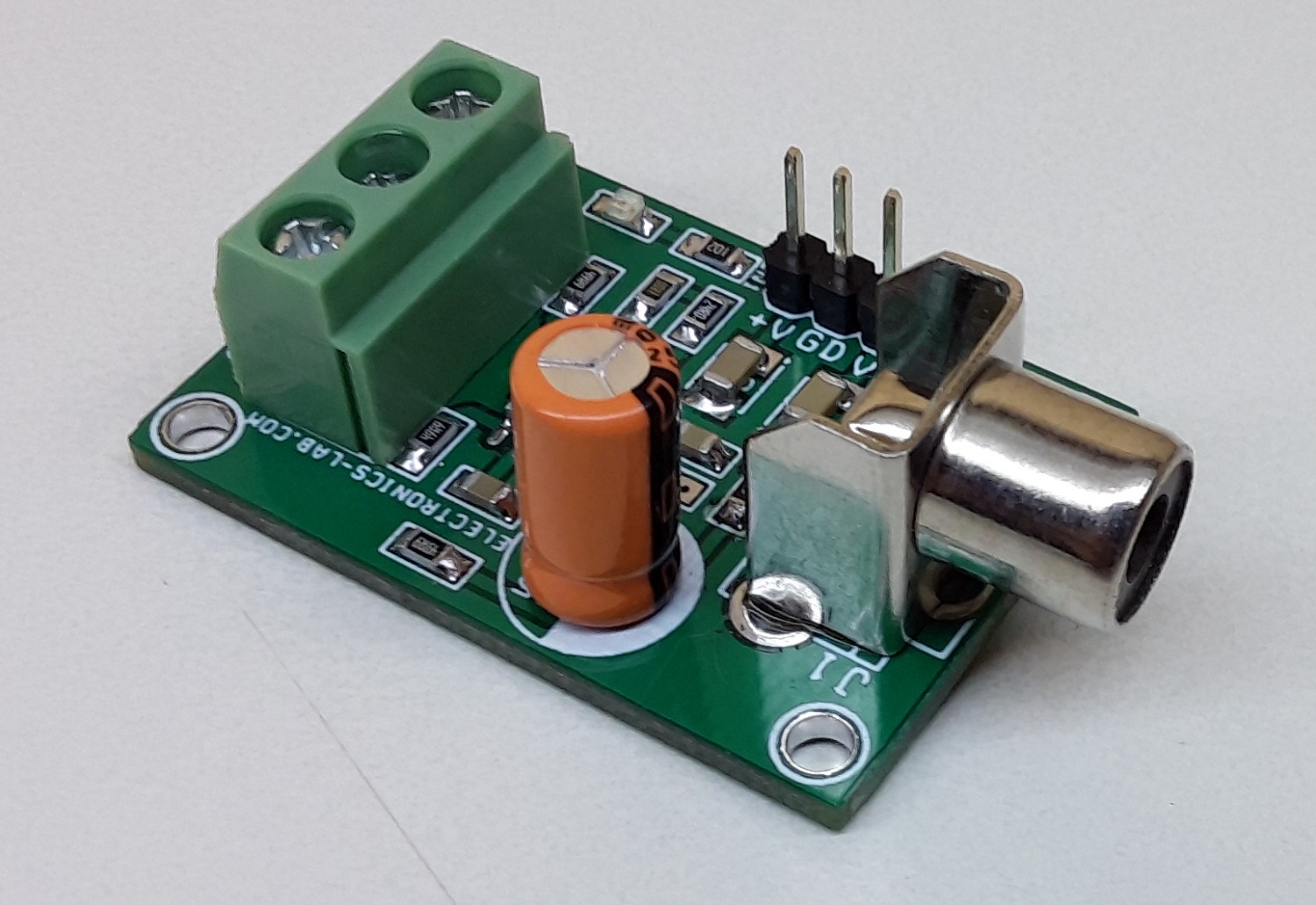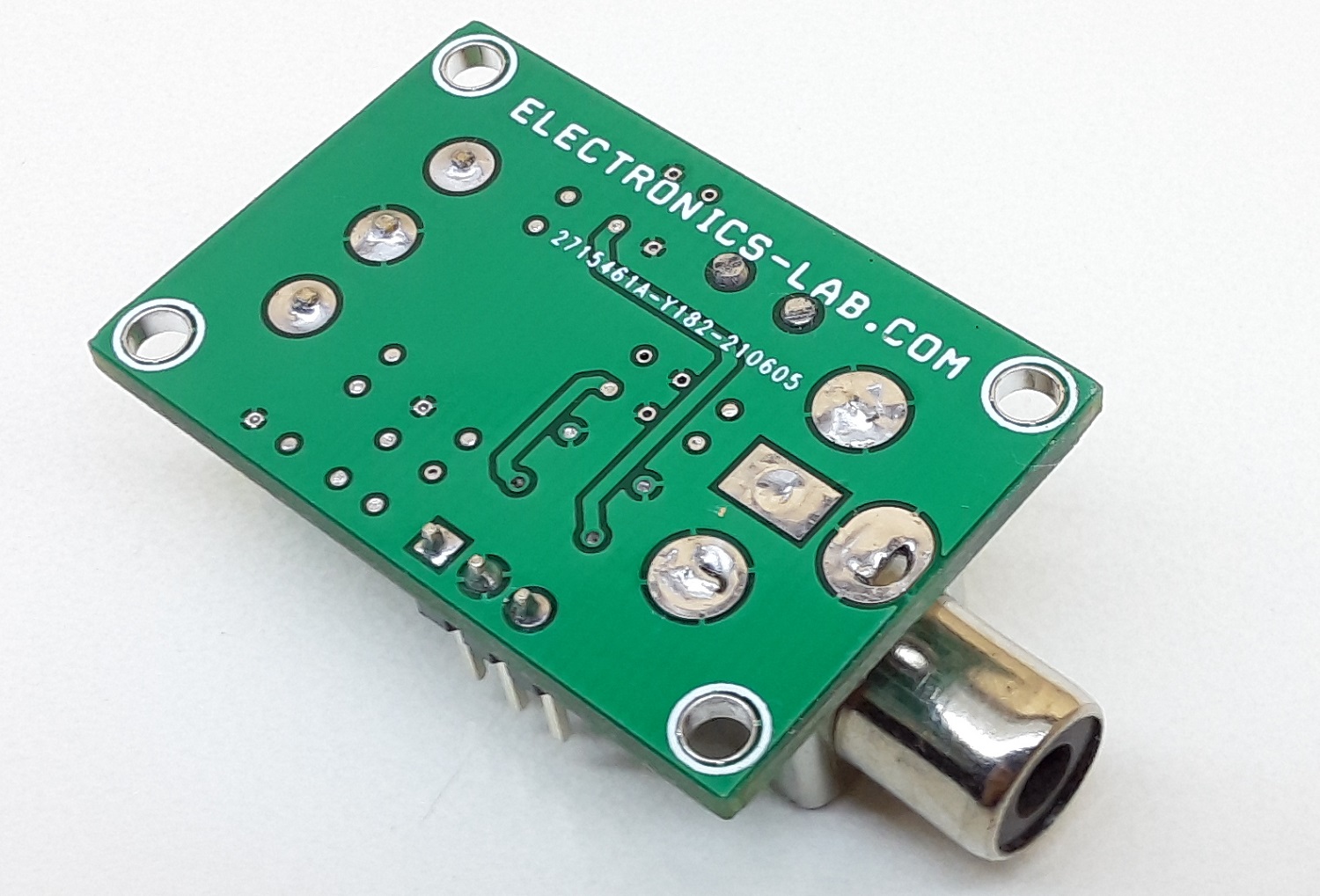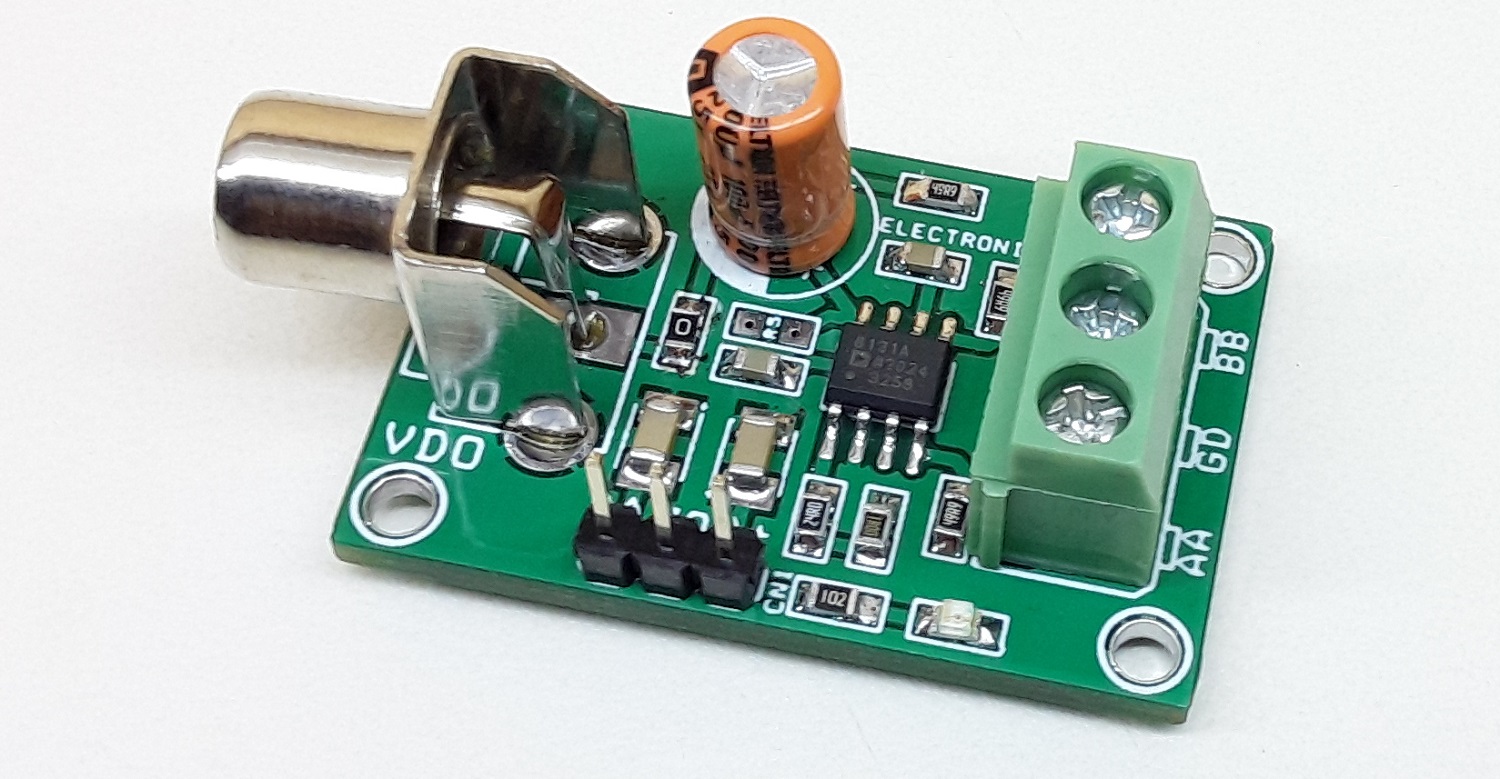Dialog Semiconductor DA16600 Wi-Fi® + BLUETOOTH® Low Energy (BLE) Modules provide a convenient way to add both low-power Wi-Fi and low-power BLE functionality to applications. The DA16600 Modules are based on the VirtualZero™ DA16200 Wi-Fi SoC (System on a Chip) and the SmartBond TINY™ DA14531 BLE SoC. Together they deliver long battery life and low power consumption in a convenient form factor. As a single integrated system, functions such as Wi-Fi/BLE coexistence and provisioning Wi-Fi through the BLE connection come standard.
The Dialog Semiconductor DA16600 Modules are complete with all required components and are regulatory certified by the FCC, IC, CE, and other regulatory bodies. These compact 14.2mm x 24.6mm x 3.0mm Modules are offered with an onboard chip antenna (DA16600MOD-AAC4WA32) or with a connector for an external antenna (DA16600MOD-AAE4WA32).
Features
- Low-power Wi-Fi
- VirtualZero DA16200 SoC
- 802.11n 1×1 low power 2.4GHz
- Up to 72Mbps, MCS0-7
- Low-power BLE
- SmartBond TINY DA14531 SoC
- Ultra low power
- BT5.1 compliant BLE
- Enables year-plus battery life
- Breakthrough VirtualZero low power technology
- Virtually no power consumption in a sleep state
- Ultra low power sensor wake-up
- Runs on small batteries and coin cells
- Wi-Fi/BLE coexistence
- Built-in, customizable, coexistence algorithms
- Superior range
- Wi-Fi: Industry-leading output power and Rx sensitivity for maximum range
- BLE: 4x range of BT 4.0
- Simple setup and provisioning
- Provision Wi-Fi connection simply with BLE
- Automatically find and configure new devices with a smartphone app
- Full offload
- SoC runs a full OS and TCP/IP stack on the module
- Complete software stack
- Comprehensive networking software stack
- Leading security
- Secure boot
- Secure debug
- Secure asset storage
- Hardware accelerated
- TLS
- Digital certificates
- Elliptic curve
- OTA firmware update
- Enables field-deployed device firmware updates
- Antenna options
- Onboard chip antenna
- External antenna connector (u.FL)
- Multiple I/Os
- UART, SPI, ADC, I2C, PWM, I2S, GPIOs, JTAG, and SWD
more information: https://www.dialog-semiconductor.com/products/wi-fi/da16600-modules


